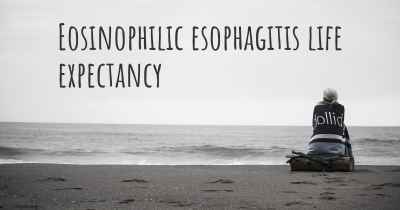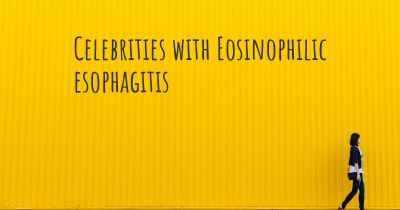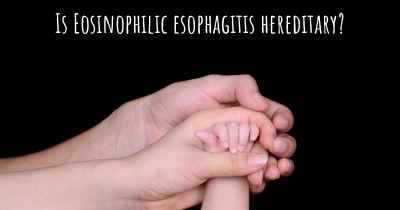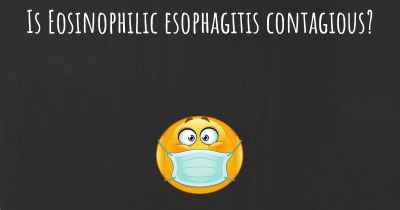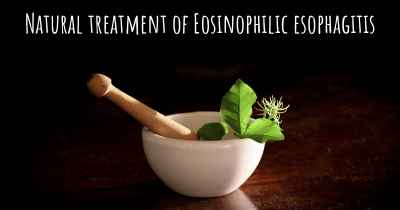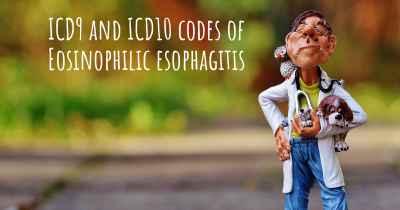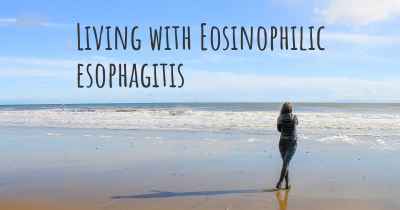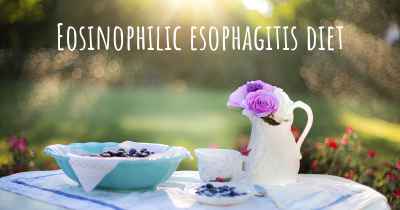Which advice would you give to someone who has just been diagnosed with Eosinophilic esophagitis?
See some advice from people with experience in Eosinophilic esophagitis to people who have just been diagnosed with Eosinophilic esophagitis
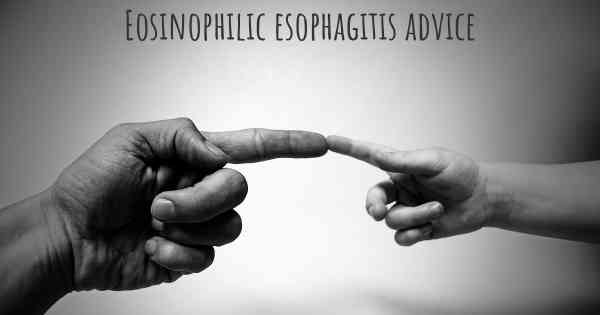
Eosinophilic esophagitis (EoE) is a chronic immune-mediated disorder that affects the esophagus, causing inflammation and a range of symptoms. If you have recently been diagnosed with EoE, it is understandable that you may be feeling overwhelmed and uncertain about what lies ahead. However, with the right knowledge and support, you can effectively manage your condition and lead a fulfilling life. Here are some important pieces of advice to help you navigate your journey with EoE:
1. Educate Yourself
Take the time to learn about EoE, its causes, symptoms, and available treatment options. Understanding your condition will empower you to make informed decisions about your health and actively participate in your treatment plan. Consult reputable medical sources, connect with patient support groups, and ask your healthcare provider any questions you may have.
2. Build a Support Network
Living with EoE can be challenging, both physically and emotionally. Surround yourself with a strong support network consisting of family, friends, and fellow EoE patients. They can provide understanding, empathy, and practical assistance when needed. Consider joining local or online support groups to connect with others who share similar experiences.
3. Establish a Trusting Relationship with Your Healthcare Provider
Collaboration with a knowledgeable healthcare provider is crucial in managing EoE effectively. Find a gastroenterologist or allergist who specializes in EoE and establish a trusting relationship with them. Regularly communicate your symptoms, concerns, and treatment preferences. Together, you can develop a personalized treatment plan that suits your specific needs.
4. Follow a Proper Elimination Diet
Food allergies and sensitivities often play a significant role in triggering EoE symptoms. Your healthcare provider may recommend an elimination diet to identify and eliminate specific foods that trigger inflammation in your esophagus. This process involves removing certain food groups and gradually reintroducing them while monitoring symptoms. Adhering to the prescribed diet is essential for managing EoE effectively.
5. Seek Nutritional Guidance
Elimination diets can be complex and may require guidance from a registered dietitian or nutritionist. These professionals can help you create a well-balanced meal plan that meets your nutritional needs while avoiding trigger foods. They can also provide tips on managing food restrictions, ensuring you maintain a healthy and enjoyable diet.
6. Explore Medication Options
Your healthcare provider may prescribe medications to help control inflammation and alleviate symptoms. These may include proton pump inhibitors (PPIs) to reduce stomach acid, corticosteroids to reduce inflammation, or other medications tailored to your specific situation. It is important to take medications as prescribed and communicate any side effects or concerns to your healthcare provider.
7. Monitor Symptoms and Keep a Food Journal
Keeping track of your symptoms and dietary intake can provide valuable insights into your triggers and treatment progress. Maintain a food journal to record what you eat and any symptoms you experience. This information can help you identify patterns, track improvements, and facilitate discussions with your healthcare provider.
8. Stay Diligent with Follow-Up Appointments
Regular follow-up appointments with your healthcare provider are essential for monitoring your condition and adjusting your treatment plan as needed. Even if you are feeling well, it is important to attend these appointments to ensure your EoE is properly managed and to address any emerging concerns promptly.
9. Advocate for Yourself
As a patient, it is important to advocate for your needs and rights. Be proactive in your healthcare journey by asking questions, seeking second opinions if necessary, and staying informed about the latest research and treatment options. Remember, you are an active participant in your own care.
10. Prioritize Self-Care and Emotional Well-being
Living with a chronic condition like EoE can be emotionally challenging. Make self-care a priority by engaging in activities that bring you joy and relaxation. Practice stress management techniques, such as meditation or yoga, to help cope with any anxiety or frustration that may arise. Seek professional support if needed, such as therapy or counseling, to address any emotional difficulties you may encounter.
Remember, while EoE may present challenges, it does not define you. With proper management, support, and self-care, you can lead a fulfilling life and effectively navigate your journey with EoE.
Posted Sep 29, 2020 by EOS Network (Eosinophilic Diseases Charity)
Posted Sep 13, 2017 by Scholeigh 1700
Have a lot of patience until you find the allergens that cause you the disease.
Eat within the diet of thumb that will put you natural products, and processed foods to be very careful with them, to eat the least possible and reading very well the tags that are a mix of everything.
Posted Feb 28, 2017 by Luis 1665
